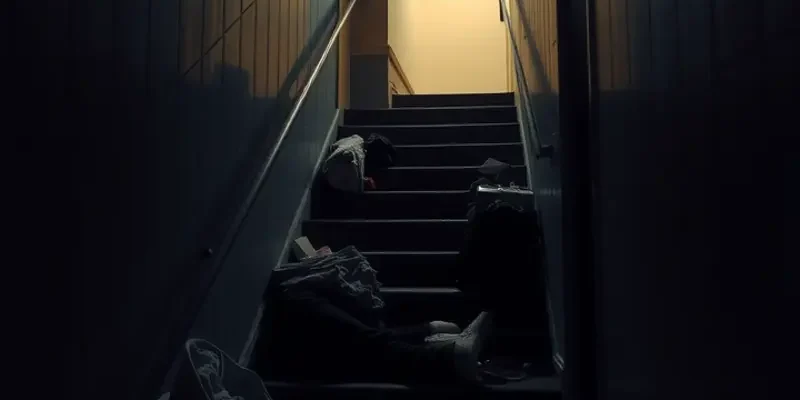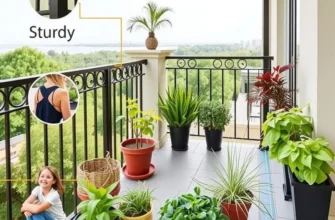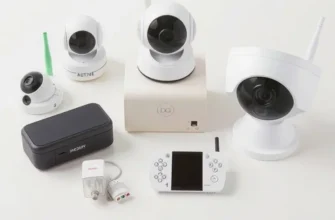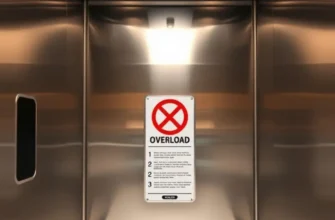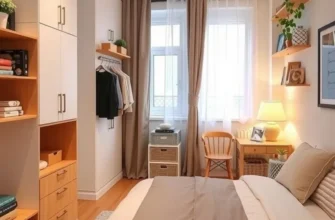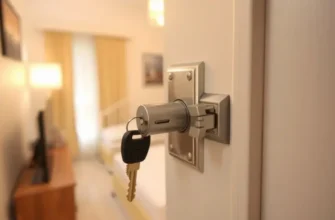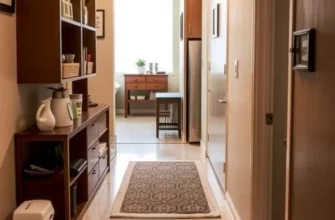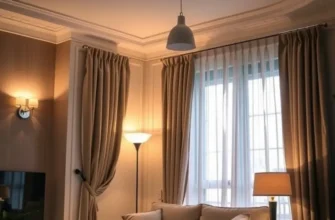Navigating apartment stairways can be a daily challenge for renters, but your safety shouldn’t be an afterthought. Stairways are common communal spaces that present unique safety hazards, from slippery floors to inadequate lighting. Understanding how to navigate these spaces with care can help prevent accidents and ensure peace of mind while moving in and out of your home. This guide will explore essential safety measures for renters, focusing on securing stairway areas and maintaining features to create a safer living environment. By implementing these tips and solutions, you can enjoy your apartment living experience without constant worry, fostering a community that prioritizes safety for everyone. Whether you’re a new renter or looking to enhance your home’s safety standards, knowing how to spot risks and mitigate them is essential for a secure home life.
Identifying Common Stairway Hazards
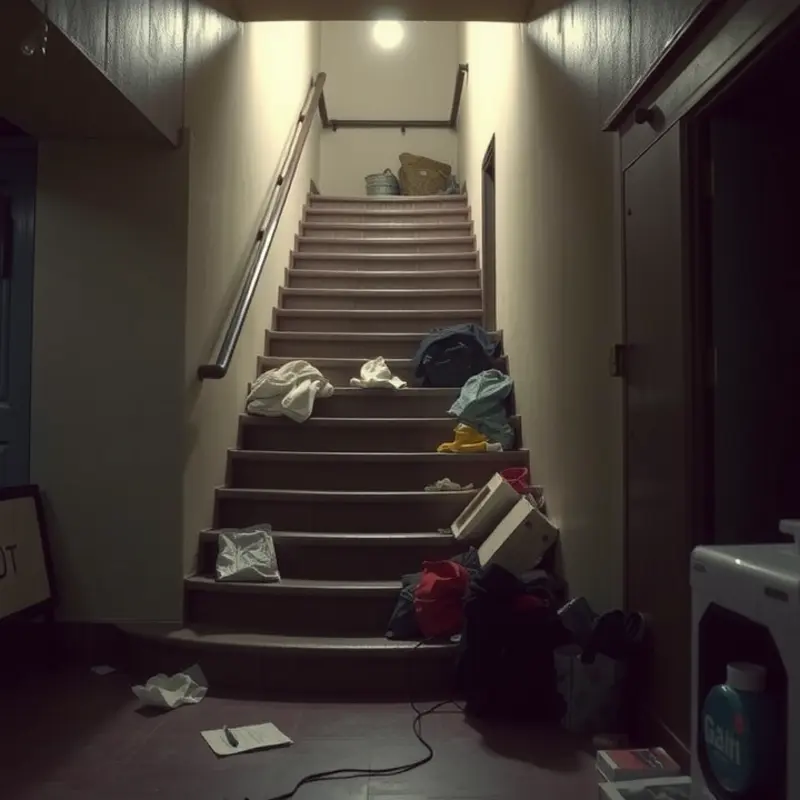
Stairway safety in apartments is a crucial concern for renters. One of the first steps in ensuring a safe environment is identifying common hazards. Awareness allows you to address these issues effectively, reducing the risk of accidents.
Poor Lighting
Insufficient lighting is a significant hazard in stairwells. Poor visibility can cause residents to miss a step or trip over unseen obstacles. Look for staircases with burned-out bulbs, or dim lighting, especially in corners and landings. Report such issues to your landlord, emphasizing the importance of well-lit stairs for safety.
Uneven Steps
Uneven or worn-out steps are another frequent hazard. Steps may become worn over time, creating a trip hazard. Walk up and down the stairs, feeling for inconsistent tread depth or height. Take note of any steps that tilt or wobble, and bring these to your property manager’s attention.
Clutter and Obstacles
Staircases often become storage places for items like delivery packages or bicycles. These obstacles can pose tripping hazards or block emergency exits. Politely remind neighbors to keep shared spaces clear, and if clutter persists, discuss it with your landlord to find a communal solution.
Damaged Handrails
Handrails provide support and stability, but if they’re loose, they may not offer sufficient help during a fall. Test handrails by gently shaking them. If they feel unstable, they need immediate repair.
Slippery Surfaces
Stairs prone to moisture or slick flooring materials can become slippery hazards. Check for water leaks above the stairwell or moisture building near entrance doors. If possible, suggest adding non-slip treads to existing surfaces.
Inadequate Emergency Lighting
In emergencies, such as a power outage, stairway lighting becomes crucial. Ensure there are functional emergency or backup lights. These should guide residents safely in case of an evacuation.
Advocating for improvements in your stairwells is part of being an engaged and proactive renter. When speaking with your landlord, emphasize safety and the long-term benefits of these upgrades. Additionally, if you are considering making some safety improvements yourself, ensure that any changes are renter-friendly and do not violate your lease agreement. For more on making safe and approved changes to your apartment, check out this helpful guide on renter-safe storage solutions.
Employing these strategies ensures your stairwell remains a safe and functional part of your apartment living, encouraging an atmosphere of safety and responsibility for all residents.
Practical Solutions for Safer Stairways
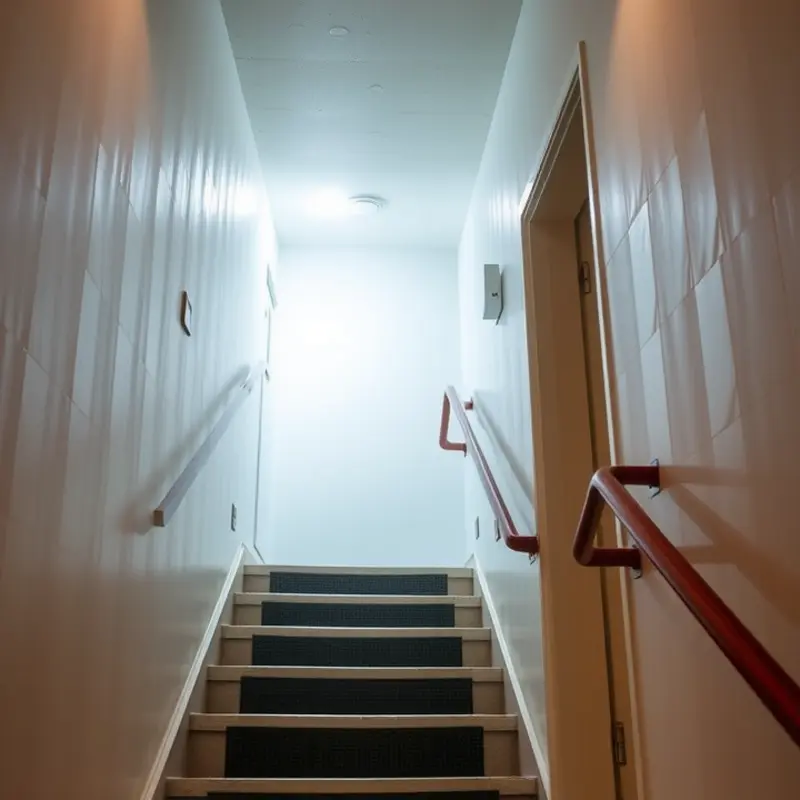
Enhancing stairway safety in your apartment doesn’t require major renovations. Simple yet effective steps can drastically improve security. Installing non-slip pads is a great start. Slippery surfaces are a leading cause of accidents, and adding these pads can help minimize the risk. They’re easy to apply and come in various designs, allowing you to match them to your décor.
Proper lighting is another crucial factor. Inadequate lighting can cause trips and falls. Analyze the lighting situation in your stairwell, especially if it impacts shared areas. If necessary, request better lighting from your landlord. For temporary solutions, consider motion-sensor lights that you can easily remove when you relocate.
Handrails play an indispensable role in stair safety. Ensure they’re stable and at a comfortable height for all users. Check for any looseness or damage to the handrails, and communicate any instability to your landlord. Encourage fellow tenants to pay attention to guidelines like using handrails while moving up and down.
Maintenance practices significantly influence safety. Clear the stairwell of any unnecessary clutter that could obstruct movement. This simple step is effective in preventing trips and falls. Regularly check for any items left in the stairway, such as delivery packages or bicycles, and remind others to keep these areas tidy.
Checking for repairs and reporting them promptly is vital. Look for cracks, loose steps, or worn out surfaces and report these to your landlord immediately. Evidence of routine checks and timely reports can accelerate repair processes.
https://borntolease.com/safety-home-care/apartment-refrigerator-care-tips/ offers great insights into maintenance practices, emphasizing the importance of consistent attention to detail in apartment living. Applying a similar focus on stairway check-ups enhances overall safety.
By implementing these practical solutions, you can create a safer stairway environment that not only benefits you but everyone in your apartment community. These steps provide peace of mind and demonstrate a commitment to the well-being of your neighbors.
Final words
Taking steps to improve stairway safety can significantly enhance your apartment living experience. By recognizing potential hazards and implementing practical solutions, you can create a safer environment not just for yourself but for your neighbors as well. Engage with your property management to ensure these recommendations are considered and encourage a community-wide effort in prioritizing safety in shared spaces. Remember, a little attention to detail can go a long way in fostering a worry-free living space that everyone can enjoy.

